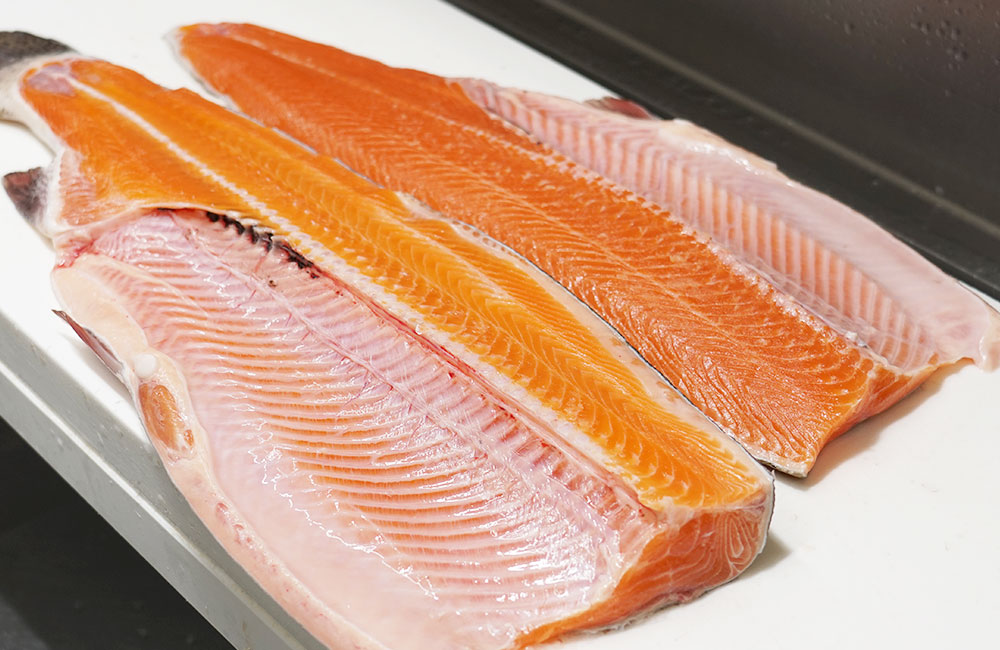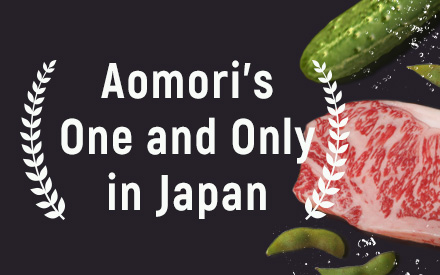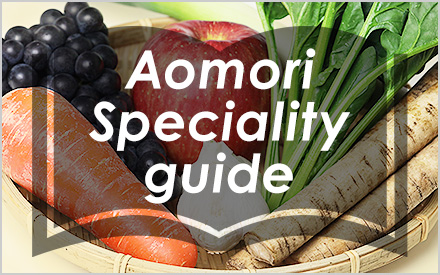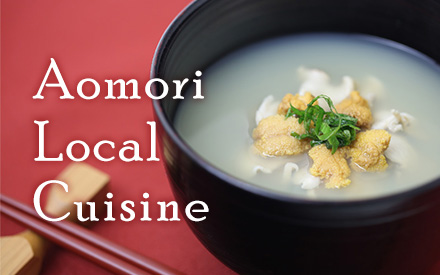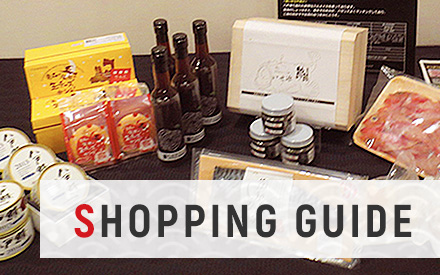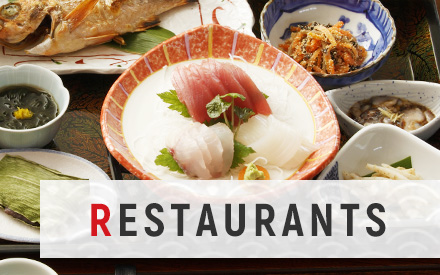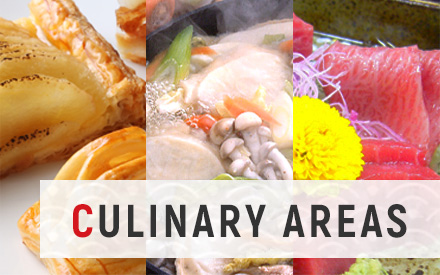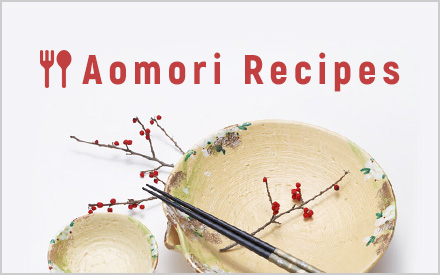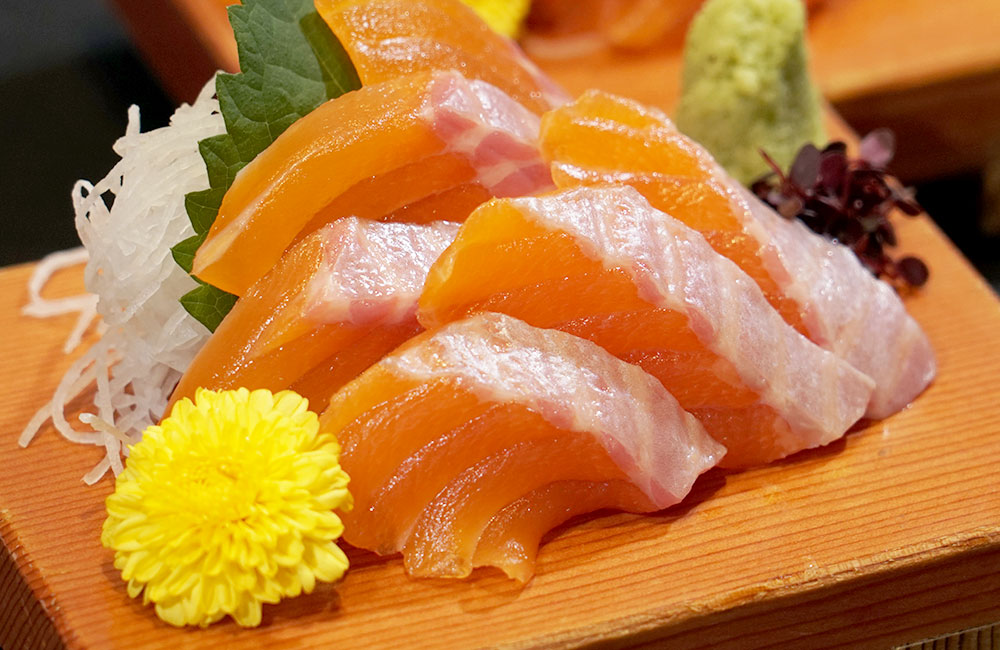
“Aoimori Kurenai Salmon” was unveiled by the Aomori Industrial Technology Center after 15 years of research, intended for raw consumption. The fresh water farming takes advantage of the clean water from the rivers and springs in Aomori, in addition to a special feed using Aomori apples and garlic in the final period prior to shipment. The salmon has the perfect amount of fat and umami flavor, featuring a beautiful deep red flesh that is only fitting for its name “kurenai” (crimson). It is farmed all year round, making it a highly versatile fish for various scenes.
Proudly Presented “Born and Raised in Aomori” – the New Local Salmon
The majority of the salmon intended for raw consumption within Japan comes from countries abroad such as Norway. As the popularity of salmon grew domestically, new varieties of domestic salmon and trout, in other words “local salmon,” have been introduced to the market. Currently, there are over 100 types of local salmons in Japan.
The Aomori Industrial Technology Center have worked on developing a salmon “born and raised in Aomori,” utilizing the rich water resources in Aomori. “Aoimori Kurenai Salmon” is a breed created by crossing a female Aomori-strain rainbow trout suited for fresh water farming with a large male Donaldson trout suited for seawater farming.
The Aomori-strain rainbow trout was first introduced from the U.S. in 1913. It has been a preferred breed for over 100 years that is easy to care and resilient to diseases. The Donaldson trout was selected in 1995 by the Aomori Industrial Technology Center for ocean farming, which features an enhanced size and growth. By breeding these two types, the Aoimori Kurenai Salmon inherits the superb qualities of both, making it a highly anticipated fresh-water farmed salmon.
The Ultimate Weapon – The Expertise of Over 100 Years of Trout Farming
Director of Farming Technology Department of the Aomori Industry Technology Research Center Aquatic Research Institute, Mr. Yutaka Maeda reflects upon the initial stages of developing “Aoimori Kurenai Salmon.”
“Due to the low consumer demand of rainbow trout at the time, we attempted to create a new breed by crossing the rainbow trout with another fish. However, despite the labor, the flavor was not quite right. I personally believed rainbow trout to be delicious. Above all, the Aomori Industry Technology Research Center has over 100 years of history studying rainbow trout farming, with particular expertise and technology. In the end, we decided to research and develop a breed by crossing two different strains of rainbow trout.”
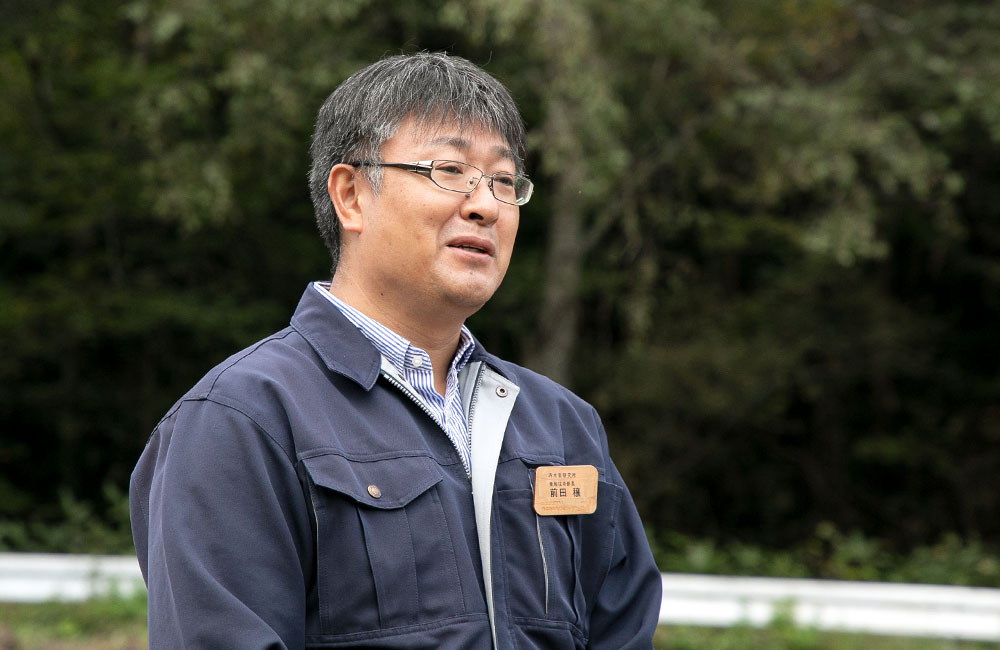
Specialty Feed Using Aomori Apple and Aomori Garlic
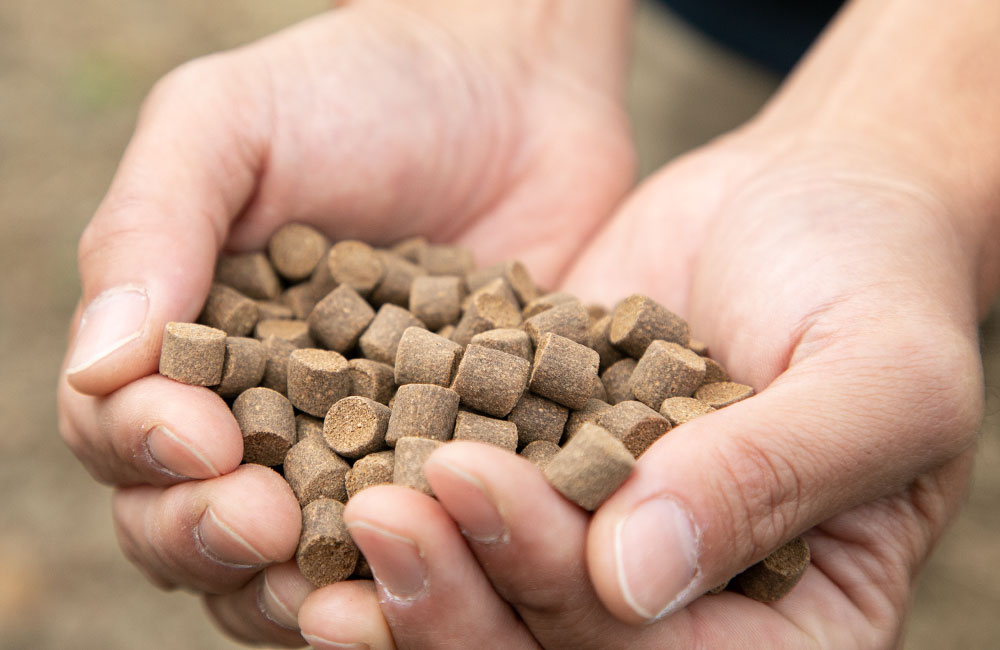
The minimum size of “Aoimori Kurenai Salmon” on the market must be larger than 2 kg, based on guidelines of the production manual determined by the production and sales committee, consisted of members from the prefectural government and production/distribution experts. The salmon are fed Aomori grown apples and garlic in the final period prior to shipment, with the goal to achieve healthy delicious fish. Presently, the salmon is farmed in the Towada city and Shingo village.
A Visit to the Farm
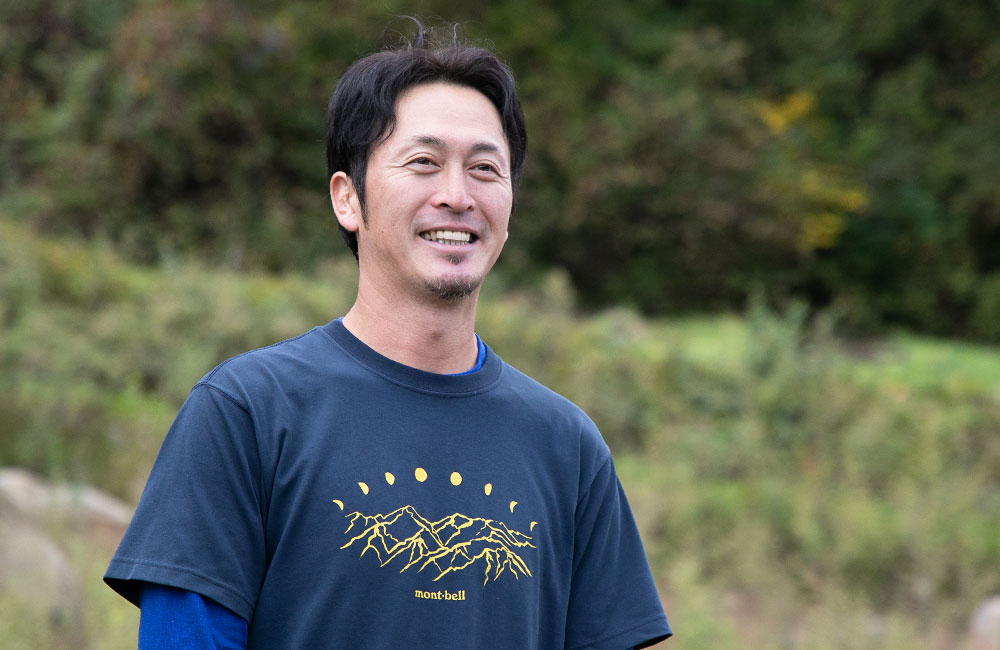
Mr. Tatsuru Kimura, the representative director of “Nijimasuya” in Shingo village, Aomori, has farmed rainbow trout for 20 years. Mr. Kimura guides us through his farm producing “Aoimori Kurenai Salmon.” The first stop is where the young fish is raised. Surrounded by the deep forest, the young fish swims actively in a pond that is fed by the limpid stream.
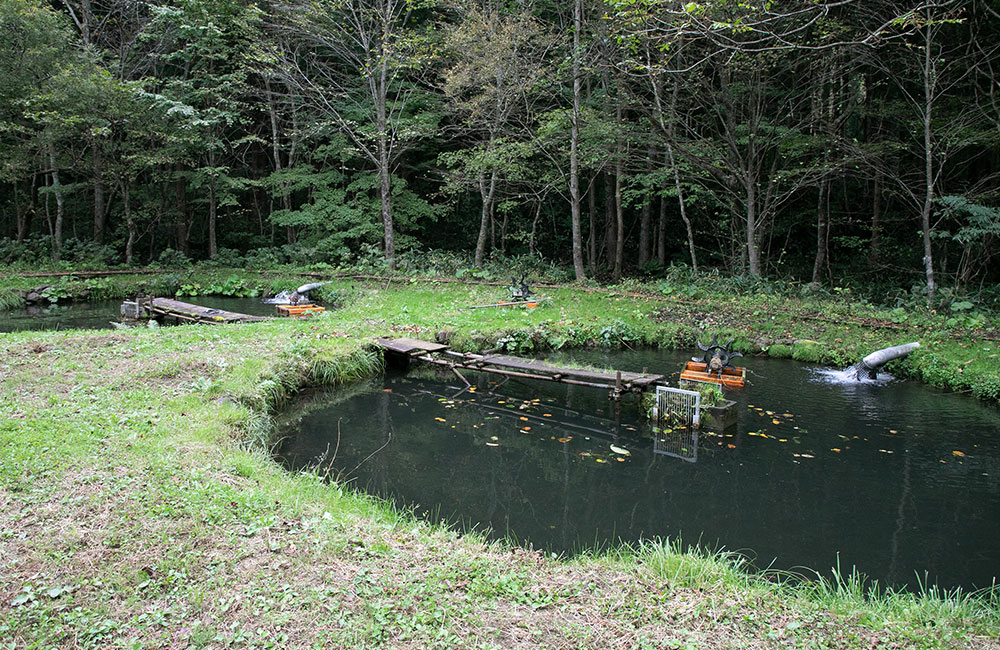
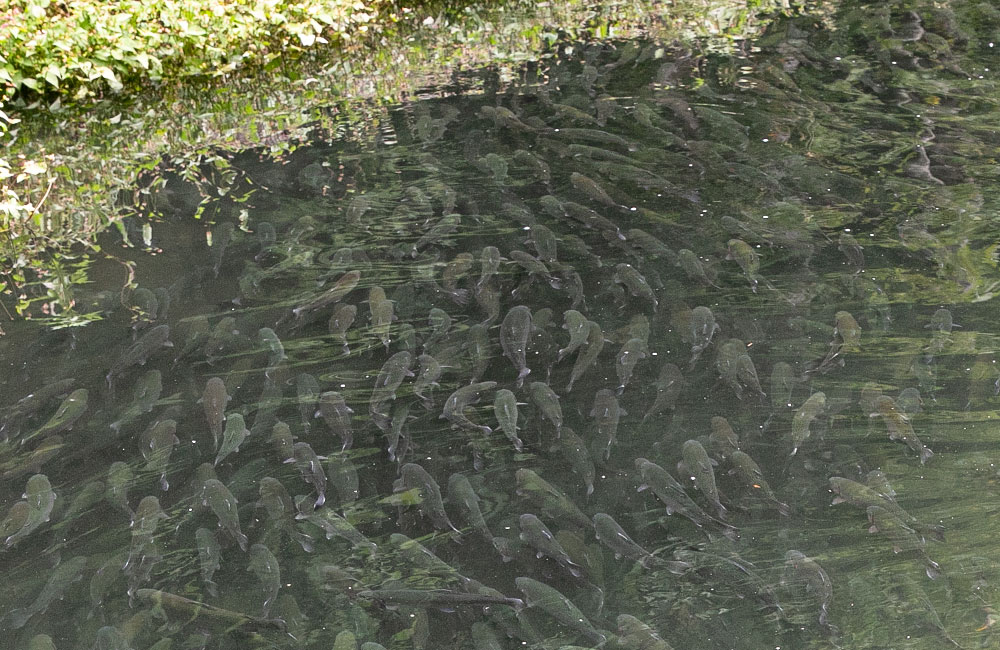
Mr. Kimura takes us further into the mountain, to where the adult fish is farmed. “Aoimori Kurenai Salmon must be raised in clean, pure water. We are very close to the river source, and there are not many farms in Japan that enjoy such abundance of riches from the river,” says Mr. Kimura. The farming facility features a dam-like height difference allowing the water to flow vigorously, a technique to feed the water with oxygen for the fish. “Aoimori Kurenai Salmon” is nurtured in this desirable environment with limpid water from the river and springs for three to four years.
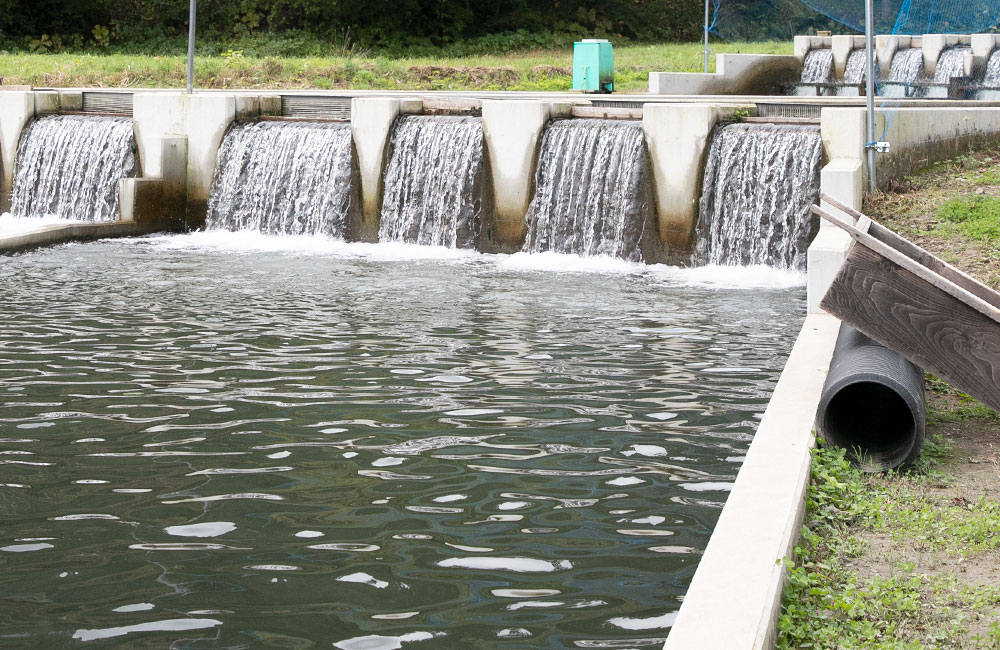
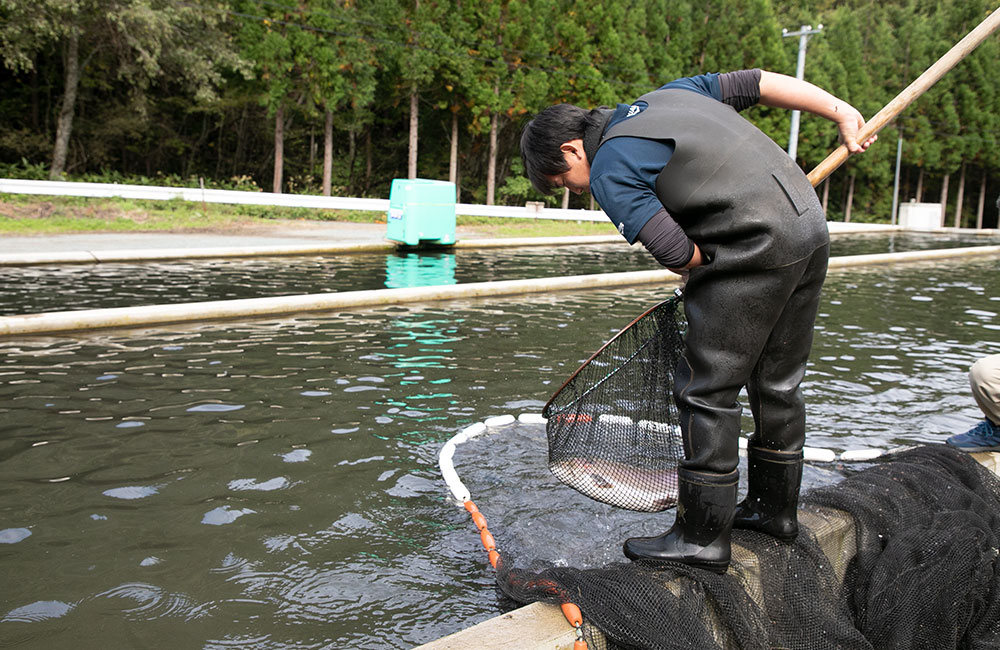
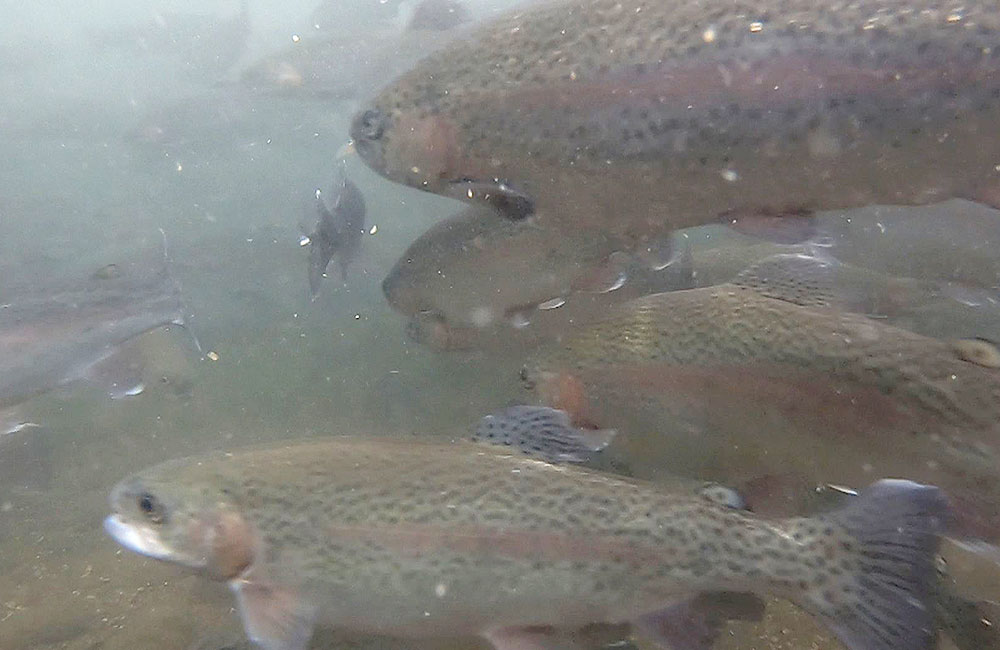
An All-Aomori Production “Aoimori Kurenai Salmon”
Mr. Kimura has independently researched salmon for 15 years, cutting the fat from feed and adding Aomori speciality products to the fish’s diet. “Garlic is highly beneficial to humans, but the same can be said about fish. They grow to be healthy and resilient to diseases,” he says. Natural disasters have plagued Mr. Kimura for the past few years. Torrential rain has severely affected the level of water flow of the river, requiring extra care day and night to ensure proper water flow.

Mr. Kimura continues, “On the first bite of Aoimori Kurenai Salmon, you taste the rich, umami flavor unique to salmon, not the fattiness. First, I would love for people in Aomori to try this, as a salmon proudly born and raised in Aomori.” From the dedication of the researchers and producers, and the clean water of Aomori, we get the “Aoimori Kurenai Salmon.”
